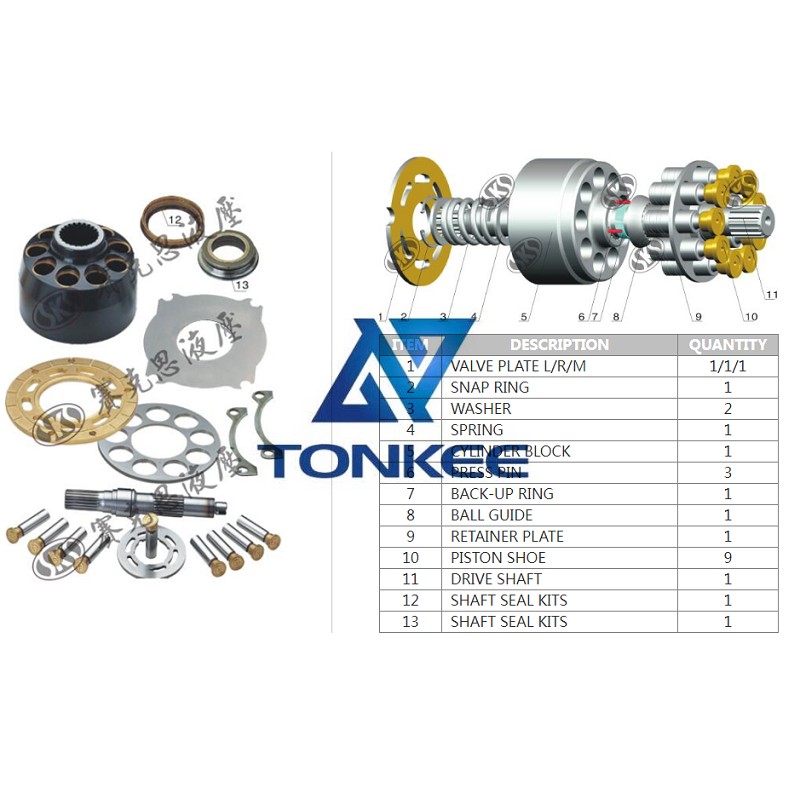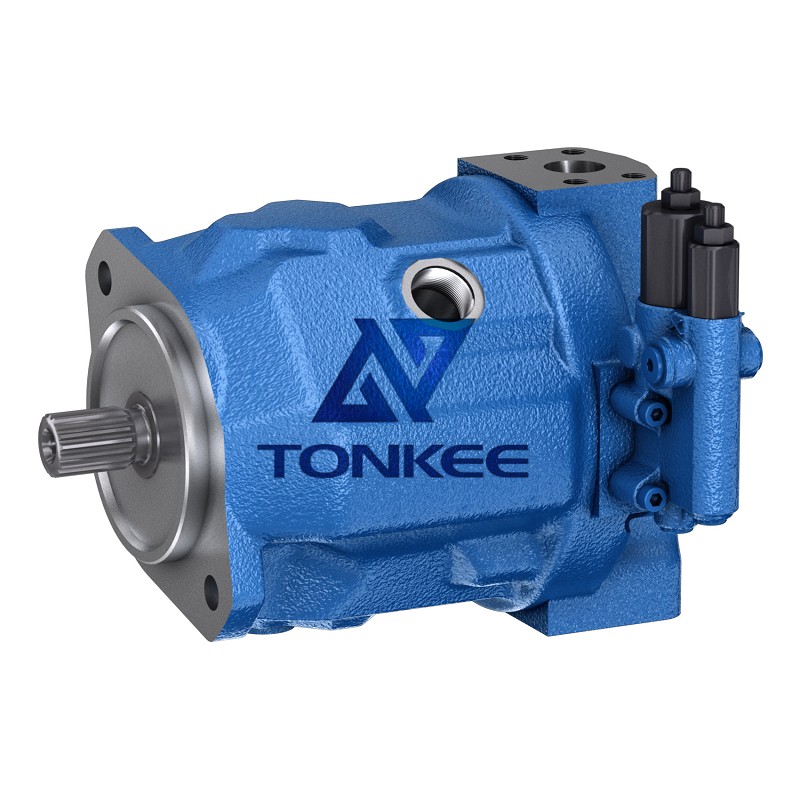
The cylinder block is manufactured with precision and durability in mind, utilizing high-quality materials to withstand the demanding conditions of heavy-duty applications.
It is designed to fit the specific requirements of the CASE 1460 model, ensuring compatibility and optimal performance.
One of the primary functions of the cylinder block is to house the hydraulic pump pistons and control the flow of hydraulic fluid. It consists of multiple chambers or bores, each accommodating a piston that reciprocates within the cylinder block. The movement of these pistons generates hydraulic pressure that drives the hydraulic pump, enabling it to transfer fluid and power various hydraulic components.
The cylinder block is carefully engineered to provide efficient fluid distribution and minimize energy losses. It features precisely machined surfaces and tight tolerances to ensure a proper seal with the pistons, preventing leakage and maximizing hydraulic efficiency. This results in improved overall performance and responsiveness of the hydraulic system.
To guarantee longevity and reliability, the cylinder block undergoes stringent quality control measures during the manufacturing process. It is subjected to rigorous testing to verify its strength, dimensional accuracy, and resistance to wear and corrosion. This ensures that it can withstand the demanding conditions and heavy workloads encountered in construction, agriculture, and other industries.
Additionally, the cylinder block is designed to be compatible with other hydraulic system components, allowing for seamless integration and reliable operation.
It incorporates standardized mounting points and connections, facilitating easy installation and replacement when necessary.
Regular maintenance and inspection of the cylinder block are essential to ensure its optimal performance and longevity. This includes checking for any signs of wear, such as scoring or pitting on the cylinder bores, and addressing them promptly to prevent further damage. Proper lubrication and adherence to recommended service intervals are also crucial for maximizing the lifespan of the cylinder block.





 English
English português
português Русский язык
Русский язык










